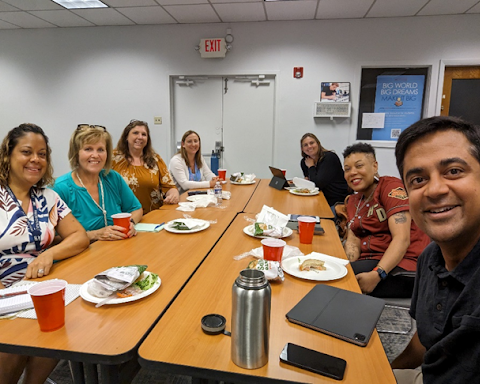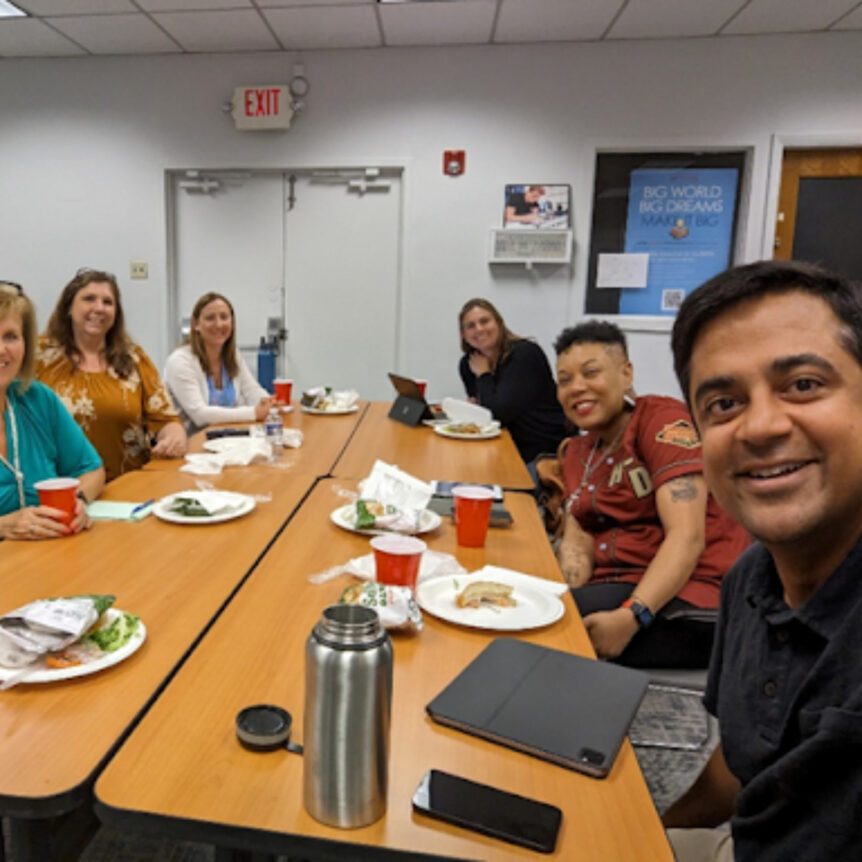
Flexible work in manufacturing – challenges and opportunities
Benchmarking Workforce Flexibility in Manufacturing: Insights from a Roundtable with Factory HR Leaders
As factories continue to struggle to attract and retain labor, workforce flexibility has become a hot topic. In July, Manufacturers’ Association organized an event to shed light on this topic. Hosted by Wilya, this event took place in the form of a roundtable discussion in York, PA. It brought together local manufacturing HR leaders to benchmark their approaches in navigating the complexities of workforce flexibility in factories. The experiences exchanged during the discussion will continue to shape the future of manufacturing in the region.

Challenges of Workforce Flexibility in Manufacturing:
Manufacturing companies face unique challenges in implementing workforce flexibility. Unlike other industries, manufacturing is often associated with rigid production schedules, operational constraints, and specific skill requirements. Consequently, HR professionals need to strike a balance between accommodating employee needs and ensuring uninterrupted production processes. The Roundtable discussion identified the following challenges:
- Meeting Fluctuating Market Demands
- Attracting and Retaining Talent
- Skills Shortages and Roles that Require Specialization
Key Insights from the Roundtable Discussion:
During the Roundtable, the participants shared valuable insights and successful approaches to tackle the challenges of workforce flexibility that have worked in their factories. Here are the key takeaways:
- Re-thinking policies: It will be important to look at the current recruitment, onboarding and training/re-training practices from the lens of a worker who is going to work part-time. Simplifying these policies will go a long way in attracting and retaining people who look for flexibility. Workers should be given visibility to opportunities across different teams/plants to find work options that suit their schedules. Alternatives to mandatory overtime should be explored.
- Rigid Attendance Management: Rigid attendance point systems have made it difficult to support workers when life happens (childcare issues, attending school functions, providing accommodations). In some areas of the factory a rigid schedule is necessary due to assembly line process and machine restraints. Some supervisors think about this in a very black and white way and it needs a mindset change. The takeaway was to Identify negative impacts your attendance policy has on worker retention and engagement. An example was shared from a Union environment where Head of Ops & Head of HR are able to dismiss points accumulated based on a review process.
- Engage Regrettable Turnover: Offering part-time roles to retirees and other regrettable turnover can offer big rewards such as retaining valuable skills, supporting the training of new talent, covering for vacations, and reducing overtime. Participants discussed evaluating existing policies, benefits and union agreements to identify ways to offer additional part-time opportunities.
- Union Challenges: Union agreements at some organizations can restrict flexible work arrangements. However, there is still an opportunity to implement cross-skilling programs to increase the flexibility of the existing workforce and include flexible work options in the collective bargaining agreements.
Conclusion:
Workforce flexibility is no longer an option but a strategic necessity for manufacturing companies aiming to thrive in a rapidly changing world1. Digitization of the current skills data is the first step towards offering workforce flexibility. Evaluating existing policies, creating opportunities to retain retirees and Conversations with Union reps about future of work are some of the steps factory HR leaders are willing to take.
By embracing workforce flexibility, companies can build agile and resilient workforces capable of meeting market demands, attracting and retaining top talent, and staying competitive in an ever-evolving landscape.
1 US factories are booming, but finding workers is still a struggle

